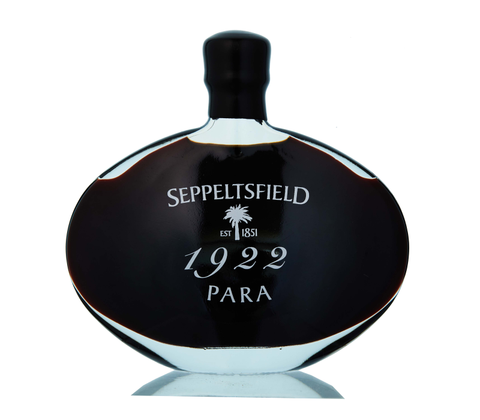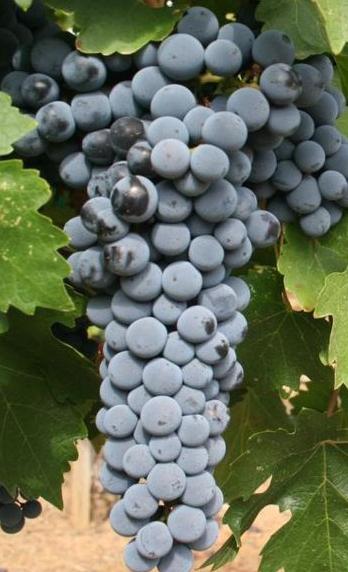Champagne vs Australian Sparkling Wine: A Comprehensive Comparison
Introduction
While Champagne has long been considered the pinnacle of sparkling wine production, Australian sparkling wines have emerged as world-class contenders, offering exceptional quality and value. Let's explore the key differences and similarities between these two sparkling wine regions.
Regional Distinctions
Champagne
Location: Champagne region, Northeastern France Climate: Cool continental climate with average temperatures of 10°C Soil: Chalk-based, limestone-rich soils Key Areas: Montagne de Reims, Côte des Blancs, Vallée de la Marne
Australian Sparkling Regions
Primary Locations:
- Tasmania
- Yarra Valley
- Adelaide Hills
- Macedon Ranges Climate: Cool climate regions with varying conditions Soil: Diverse, including volcanic, limestone, and sandy loam Notable Feature: Multiple microclimates allowing for diverse styles
Production Methods
Traditional Method (Méthode Traditionnelle)
Both regions produce their premium sparkling wines using the traditional method, involving:
- Primary fermentation
- Secondary fermentation in bottle
- Aging on lees
- Riddling and disgorgement
Key Difference: Champagne requires a minimum of 15 months aging for non-vintage and 36 months for vintage wines. Australian producers have no legal minimum but often follow similar timeframes for premium products.
Grape Varieties
Champagne
Permitted Varieties:
- Chardonnay
- Pinot Noir
- Pinot Meunier
Australian Sparkling
Common Varieties:
- Chardonnay
- Pinot Noir
- Pinot Meunier
- Additional varieties like Semillon and Shiraz for sparkling red
Style Comparisons
Champagne
- Typically drier style
- Higher acidity
- Mineral characteristics
- Complex yeast-derived flavours
- Consistent house styles
Australian Sparkling
- Generally fuller fruit expression
- Varied styles from bone dry to sweet
- Often more pronounced primary fruit
- Growing regional distinctiveness
- Innovation in styles (e.g., sparkling Shiraz)
Notable Producers
Champagne Houses
- Krug
- Dom Pérignon
- Bollinger
- Louis Roederer
- Taittinger
Australian Producers
- House of Arras (Tasmania)
- Jansz (Tasmania)
- Croser (Adelaide Hills)
- Domaine Chandon (Yarra Valley)
- Clover Hill (Tasmania)
Price Points and Value
Champagne
- Premium pricing due to:
- Protected designation
- Land costs
- Production requirements
- Brand prestige
- Price range: $50-$500+ USD
Australian Sparkling
- Generally more affordable
- Excellent value for money
- Less restricted by regulations
- Price range: $15-$100+ USD
Quality Indicators
Champagne
- AOC regulations
- Established house reputations
- Vintage declarations
- Aging requirements
Australian Sparkling
- Cool climate sources
- Traditional method indication
- Producer reputation
- Wine show awards
Food Pairing Versatility
Champagne
- Classic matches:
- Oysters and seafood
- Caviar
- Light appetizers
- Celebration events
Australian Sparkling
- Traditional pairings plus:
- Local seafood
- Asian cuisine
- Sparkling reds with barbecue
- Versatile food matching
Current Trends
Champagne
- Focus on sustainability
- Extended aging
- Single vineyard expressions
- Zero dosage styles
Australian Sparkling
- Tasmania's growing prominence
- Premium market expansion
- Alternative varieties
- Environmental focus
Future Outlook
Champagne
- Climate change adaptation
- Sustainable practices
- Preserving tradition
- Limited production growth
Australian Sparkling
- Increasing global recognition
- Tasmania as a powerhouse
- Innovation in styles
- Growing premium segment
Consumer Choice Factors
When choosing between Champagne and Australian sparkling:
Consider Champagne For:
- Traditional celebration events
- Investment potential
- Classic style preference
- Brand prestige importance
Consider Australian Sparkling For:
- Excellent value for money
- New World fruit expression
- Innovation and diversity
- Local food pairing
Conclusion
While Champagne maintains its position as the historic benchmark for sparkling wine, Australian producers have demonstrated their ability to create world-class sparkling wines. The choice between the two often comes down to personal preference, occasion, and budget rather than absolute quality differences. Both regions offer exceptional wines worthy of celebration and serious appreciation.




Comments (0)
There are no comments for this article. Be the first one to leave a message!